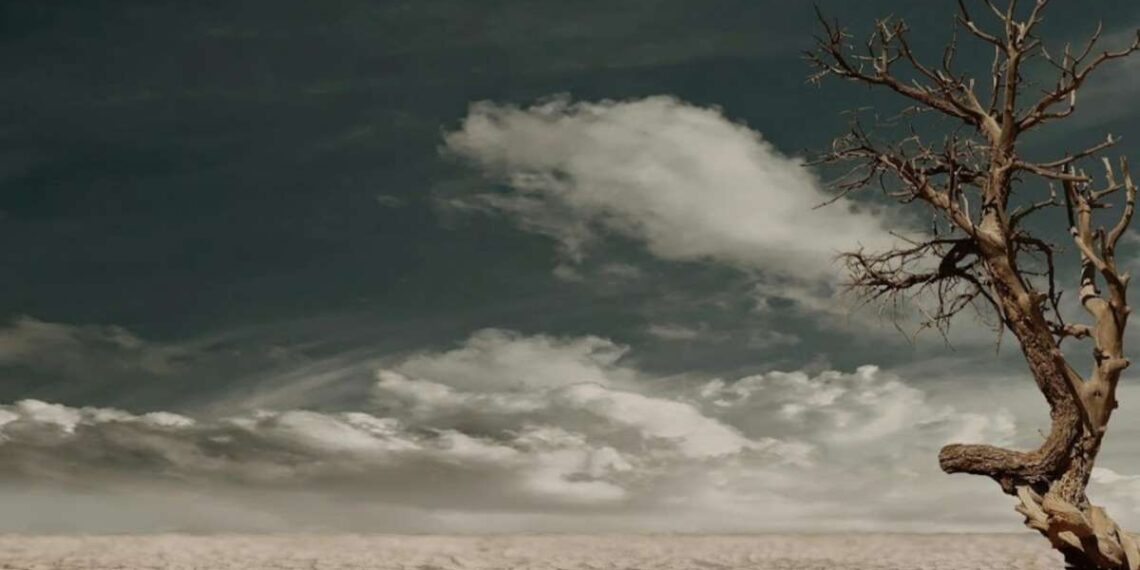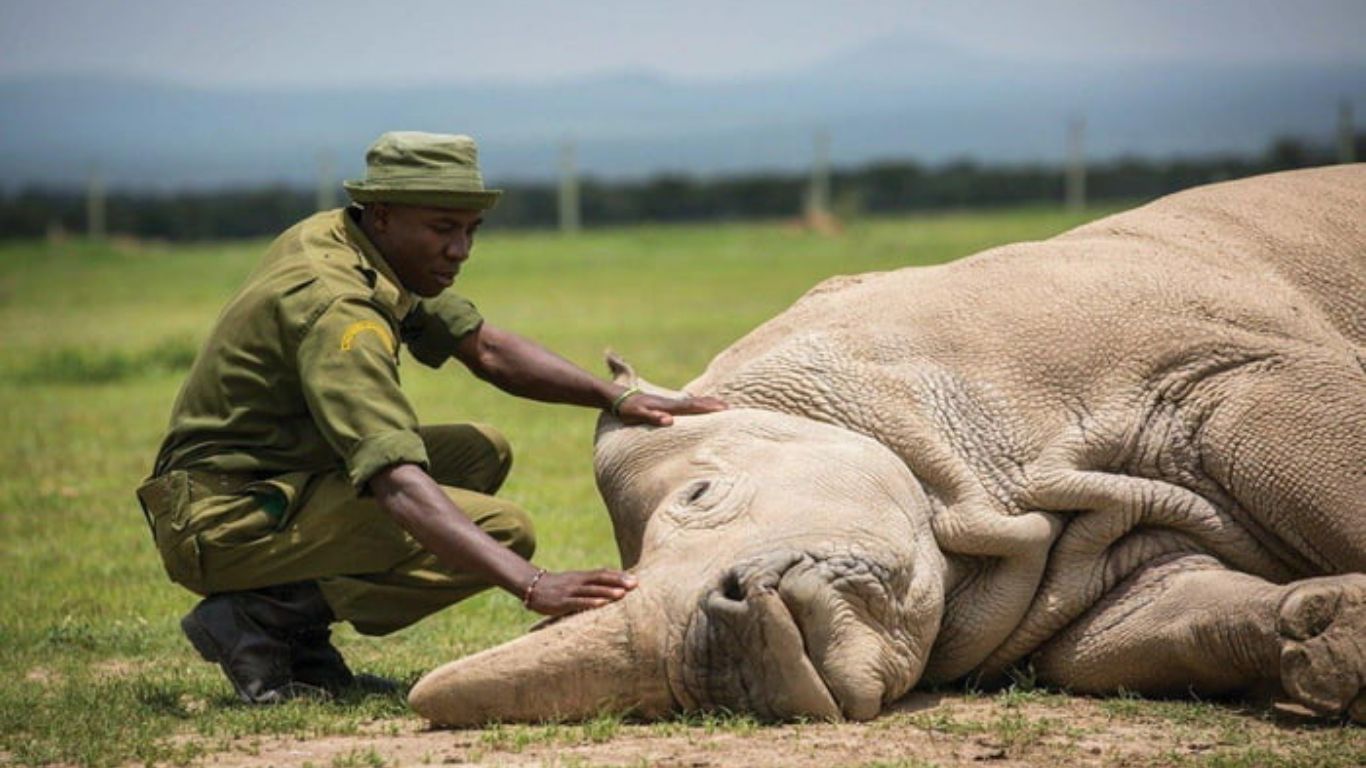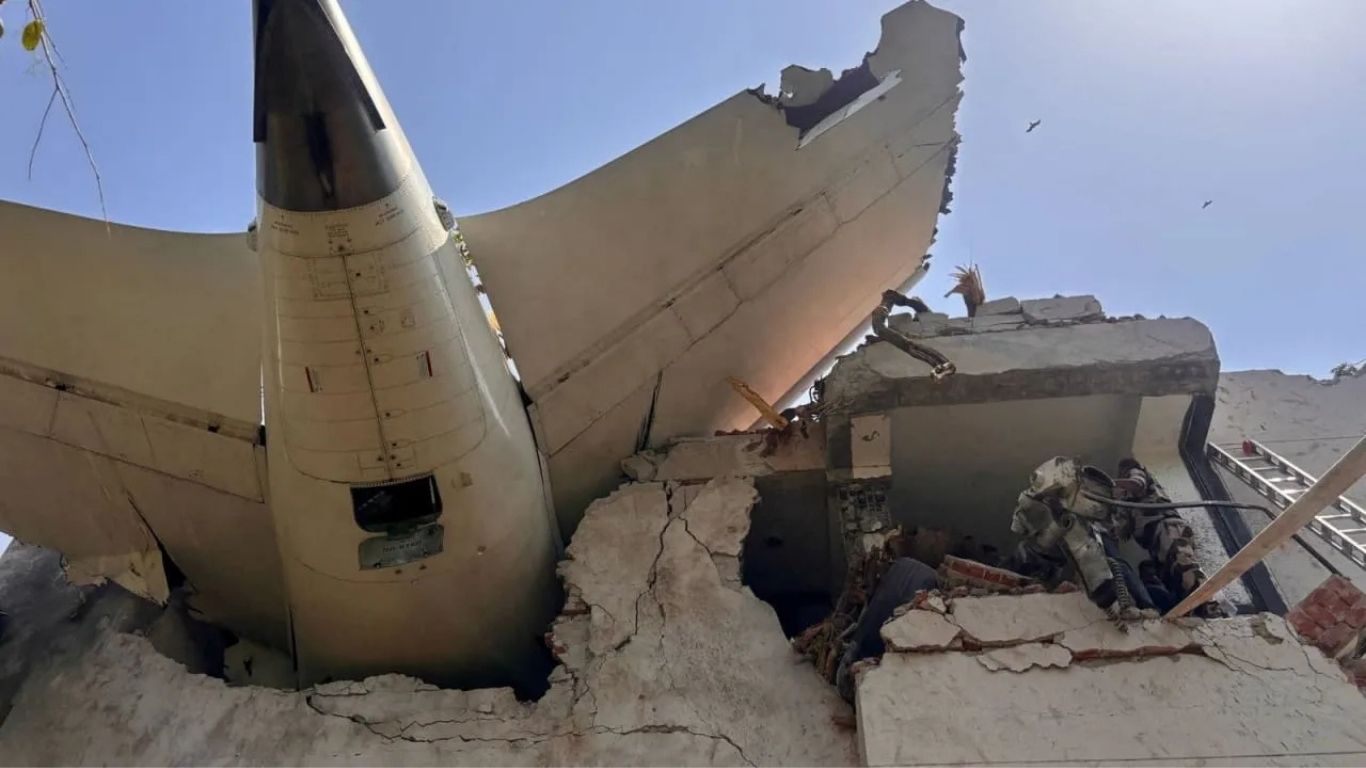Let’s not beat around the bush—humanity has done a number on Earth’s natural climate cycles. Without us, the planet was on track to dive into another glacial period in about 11,000 years. But that was before we unleashed a deluge of greenhouse gases into the atmosphere and accelerated global warming.
Now, scientists are trying to make sense of the mess we’ve created. They’ve uncovered a long-term forecast of the planet’s “natural” climate—based on how Earth’s orbit wobbles and tilts. Without our meddling, this pattern would likely have led to the planet cooling and slipping back into an ice age. However, the future is looking anything but icy, and it’s clear that the natural balance has been thrown off.
Milankovitch Cycles: Earth’s Ancient Dance with Ice
For millions of years, Earth’s climate went through cycles—warming and cooling, alternating between ice ages and more temperate periods. These oscillations are part of something called the Milankovitch cycles. They’re not some new-age theory; they’ve been at work for a long time. The main player here is how Earth’s orbit changes shape, and how the tilt of its axis shifts over time. The impact on our climate? Major.
Every 41,000 years, the planet would either warm up or cool down, shifting in and out of ice ages. It’s a rhythmic, almost predictable dance, until something weird happened in the past 800,000 years. Instead of the usual 41,000-year shift, these ice ages started happening every 100,000 years. Why the shift? Well, that’s been a puzzle for paleoclimatologists. The record’s a bit muddy, so it was tough to pinpoint exactly how Earth’s orbit and tilt triggered these ice ages. This mystery has been known among scientists as the “100,000-year problem.”
Enter Stephen Barker: Tackling the Big Question
But here’s where it gets interesting. Stephen Barker, a researcher at Cardiff University in the UK, and his team decided to tackle the problem from a new angle. Instead of trying to connect specific orbital changes to particular ice ages, they took a step back. They looked at the long-term patterns—how ice ages fade and return during the “interglacials” (the warmer periods between ice ages). By analyzing these overall patterns, they were able to link orbital shifts with glacial advances, despite the muddiness of the ice record.
So, what did they find? A straightforward rule. For the last 900,000 years, every major ice age has been preceded by a combination of three factors: Earth’s axis wobbling at its furthest point from the sun, the planet tilting closer toward the sun, and the orbit becoming more circular. When all of these align, the stage is set for the next ice age. And Barker’s team was able to predict every major glacial event for the past 900,000 years based on this pattern. Seems simple enough, right?
The End of the Ice Age—Thanks to Us
Now, let’s get back to the present. According to Barker and his team, based on these natural cycles, we would expect the next interglacial period (like the one we’re in right now, the Holocene) to begin around 66,000 years from now. But there’s a catch—this would only happen if a glacial period occurred before then.
So, let’s put this in layman’s terms: Without human interference, we’d likely be gearing up for the next ice age to start within the next 11,000 years. The pattern seems to suggest that Earth would have started cooling off in about 4,300 to 11,100 years, slowly creeping into a new glacial period. But—(here’s the twist)—we’re not living in a world without human influence, and that’s where things get sticky.
The Human Factor: Carbon Emissions Are Changing Everything
The problem is simple: we’ve filled the atmosphere with over 1.5 trillion tons of carbon dioxide. And that’s enough to mess with Earth’s natural cycles for thousands of years to come. The carbon we’ve pumped into the air since the industrial revolution has tipped the scales. It’s preventing the Earth from naturally cooling, and instead, we’re on a fast track toward an overheated planet.
Barker, ever the realist, says that the amount of carbon dioxide we’ve already released will linger in the atmosphere for centuries to millennia. “It’ll take hundreds to thousands of years for natural processes to clear this out,” he says. In other words, our warming is here to stay, and it’s going to change the planet’s natural climate for the foreseeable future.
The Science Is Clear, But the Road Ahead Is Murky
This disruption in the natural cycle is in line with earlier models. Researchers have predicted that rising carbon dioxide levels will prevent the onset of the next ice age for tens of thousands—possibly hundreds of thousands—of years. Even if CO2 levels had only reached pre-industrial levels, it still might have been enough to delay the ice sheets from advancing by about 50,000 years.
This makes sense when you consider the way Earth’s orbit is shifting in the coming millennia. But there’s still a lot of uncertainty about how the planet will respond to these changes. As Andrey Ganopolski, a climate researcher at the Potsdam Institute for Climate Impact Research, points out, we may not have a clear understanding of all the unpredictable variables that could alter the planet’s future climate.
The Real Impact: A Long-Term Look
So, where does that leave us? The natural cycle, once driven by simple orbital shifts, has been hijacked by human activity. In the long term, this could be a problem far beyond the climate-induced droughts and storms we’re already facing. The future is anything but predictable, and unless we can reverse some of the damage we’ve done, it’s tough to say what the planet will look like in 100,000 years.
However, Barker and his team emphasize that understanding the planet’s natural climate processes can help us grasp the gravity of our impact. If we want to slow down climate change, we need to change the trajectory we’re on. And that starts with reducing carbon emissions and finding ways to mitigate the damage we’ve already done.
Conclusion: A Problem of Our Own Making
The truth is, climate change isn’t just a momentary problem—it’s a long-term issue we’ve created for ourselves. We’ve disrupted Earth’s natural climate cycles and, unless we act, we could be setting ourselves up for irreversible consequences. The more than 1.5 trillion tons of CO2 we’ve already released are enough to derail any plans Earth had for another ice age. But that’s the price we’re paying for turning a blind eye to the environment for far too long.
As Barker’s research shows, the patterns are there for us to see. The real question is whether we’ll take the necessary steps to change the course we’ve set. Because, make no mistake, the planet is giving us a warning. What we do next is up to us—and it could mean the difference between a sustainable future or a world in chaos.




